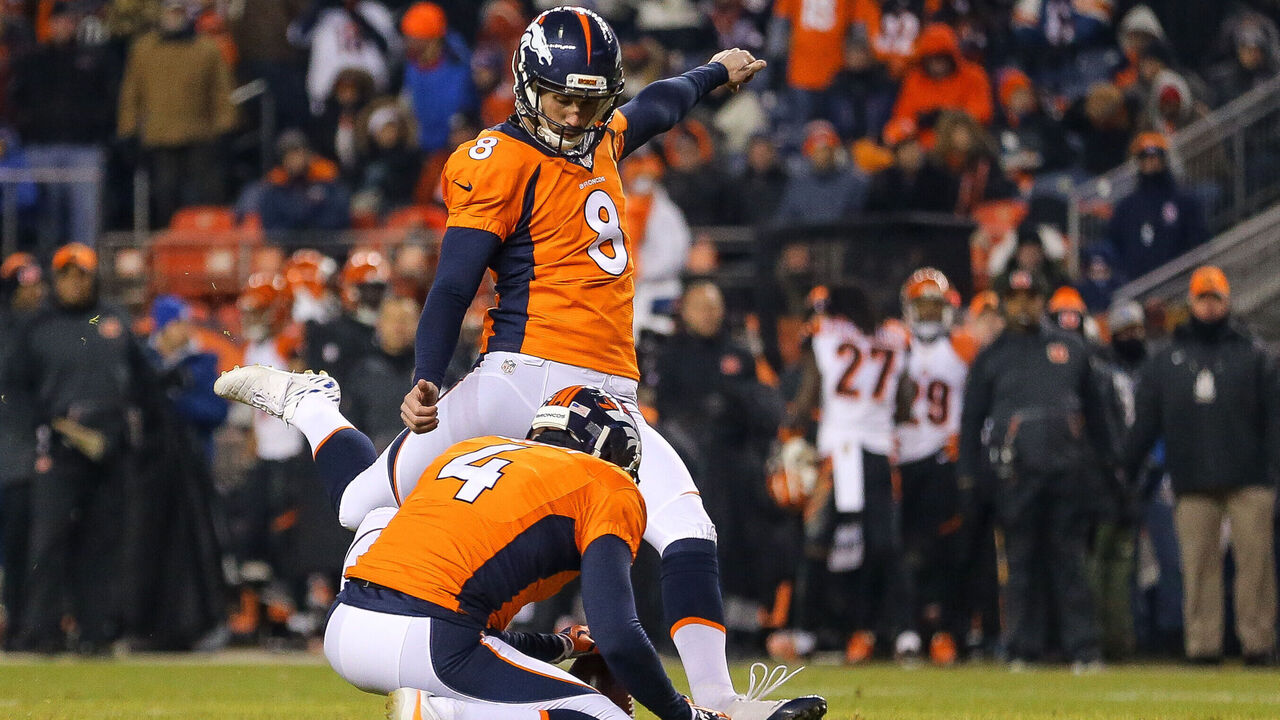Home stadiums with the biggest impact on opposing teams
Each NFL football field is 100 yards long from goal line to goal line - but not all stadiums are created equal. A number of factors contribute to certain stadiums having a positive (or negative) impact on the home team. Here are some of the notable locales around the league, and how they might impact your fantasy decisions in 2016:
CenturyLink Field
The Seahawks' punishing defense and downhill run game have paired well with their home in the Pacific Northwest. CenturyLink Field was specifically designed by architect Jon Niemuth to retain noise through practical means of construction, such as the steep, compact grandstand and the curvature of the roof which covers the majority of the stands.
The stadium in Seattle has set and broke records for crowd noise several times over, so it's no wonder that the defense has been able to capitalize on the visiting team's miscues. How else can you explain the Seahawks' 31-5 home record, including playoffs, over the past four seasons?
There are a couple of young QBs set to make the pilgrimage to CenturyLink Field in 2016. The Rams will come to town Week 2, possibly with first overall pick Jared Goff under center; the Eagles and Carson Wentz visit Week 11. It's never a bad idea to fade offensive players going against the Seahawks' defense on the road, but these rookie QBs are in for a nightmare.
CenturyLink Field might be the most commonly-cited example of an extreme home field advantage, but there a couple of other locales to consider for the 2016 season when it comes time to set your lineups and create your DFS rosters.

Lambeau Field
Historic Lambeau Field and its ties to Green Bay certainly score high on the nostalgia scale, and it's worth a visit just to take in the spectacle in the stands. That is, as long as you're not a visiting member of an opposing football team, and it's not 14 degrees Fahrenheit on a cold December evening.
Including the playoffs, Green Bay has posted a 26-8-1 record at home over the past four seasons, good for a .743 win percentage. However, in late-season home games (December and January), the Packers' record improves to 8-2, an .800 success rate.
Few other teams - namely those with northern outdoor stadiums like the Bills and Patriots - are equipped to handle Wisconsin's unforgiving winter. This year, Green Bay will host the Texans in Week 13, the Seahawks in Week 14 and the Vikings in Week 16. While the Vikings' veterans will be used to the cold, it's not hard to imagine a young Texans team struggling at Lambeau.

Wembley Stadium
The Jaguars will play in London for the fourth straight year as part of the International Series. Since they will play across the pond once a year through 2020, it's worth trying to dig into the data to see just how much worse off the Jags are for losing a home game to a neutral site.
Through three years of this experiment, Jacksonville's record sits at 1-2. This year, they'll take on the Colts in Week 4. Here are the average per-game stats for both the Jags and their opponents in the three London games so far:
| JAGUARS | VISITORS | |
|---|---|---|
| Points | 20.4 | 34.7 |
| Yards Passing | 233.4 | 243 |
| Yards Rushing | 93.7 | 162.4 |
| Completion % | 57.7 | 75.9 |
That isn't much of an advantage for the "home" team. Obviously this data is fairly anecdotal considering it's pulled from a paltry three-game sample size. And remember: the reason the Jaguars are even playing an annual game abroad to begin with is because fans back in Florida aren't exactly turning up in droves to support the local side.
In that sense, London has been a fairly neutral setting for an objectively poor team; it hasn't been markedly worse than the environment at EverBank Field, where the Jaguars have recorded a 7-14 record since 2013 - good for the same .333 win percentage they sport at Wembley.
The moral: the Jaguars' offense doesn't seem to lose too much steam playing at "home" in London versus in Jacksonville, and it's hard to separate the effect that a mostly-neutral location has on the team's awful defense.

Mile High Stadium
The thin altitude in Denver has a tangible effect on the playing field, going as far as preventing some players with health issues from even travelling to Mile High Stadium. But health issues of that nature are unpredictable (and barring a data breach, they are not likely to be public knowledge to begin with), so who does the altitude really affect? Kickers.
It's no coincidence that three of the four longest field goals in NFL history - including Matt Prater's record 64-yarder - have occurred at Mile High Stadium. Lower air density and dryness allows the football to travel through the air with less impediment, effectively increasing kicking power.
Weather conditions still play a factor, so you probably don't want to roster Broncos K Brandon McManus in a blizzard, but it does provide an obvious boost in potential in both daily and season-long formats, especially where extra fantasy points are awarded for converted field goals over 50 yards.